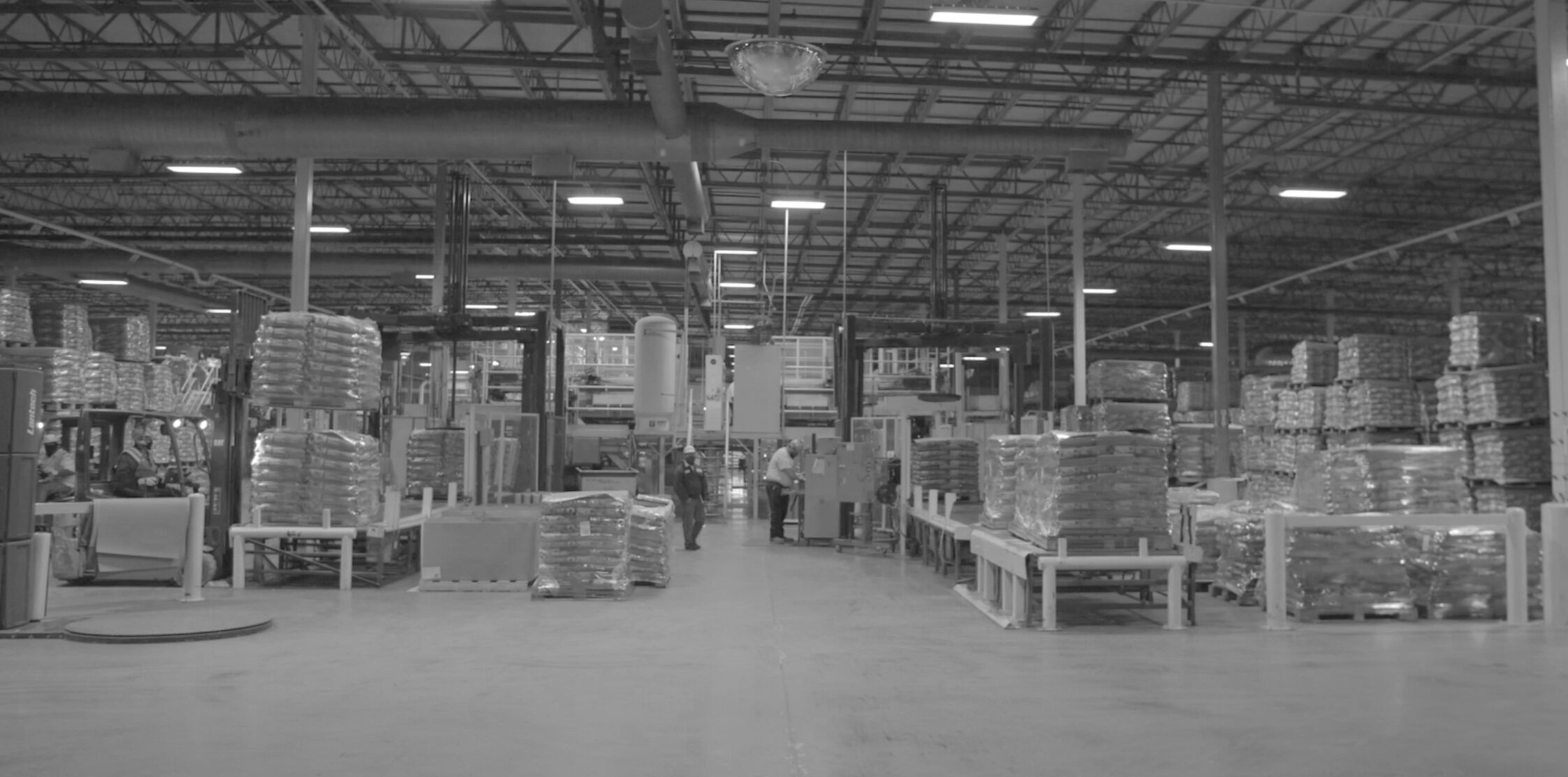When most people hear the word, “sanitation”, the things that come to mind are generally along the lines of cleaning up messes, taking out the garbage, and mopping the floor. In the world of pet food manufacturing, sanitation has a far more important meaning.
The sanitation program within a pet food factory is the single-most important component in the fight against harmful bacteria that can contaminate the foods made in that factory. Those bacteria, if found in pet food products, may harm pets and the people that feed those pets. Protecting pet parents is the primary focus of the FDA in their efforts to make sure that pet foods are safe.
Google ‘pet food recalls’, and you will get multiple results where pet food products were found to be contaminated with bacteria, usually Salmonella, and have been removed from the marketplace. Most of these recalls have not resulted in illness. However, in some cases, both pets and people were exposed, resulting in potentially serious illness. At Red Collar Pet Foods we work hard to provide food and treats that are safe for both pets and their families.
The pet food industry, like the human food industry, is heavily regulated. When surveyed, pet owners often view their pets as family members, putting them at the same level as their children. While adults generally know when they are sick and can take appropriate actions to get over their illness, pets, like babies, cannot communicate in the same manner. In fact, it is a natural defense mechanism for dogs and cats to disguise their illness as this would be seen as a weakness, making them vulnerable to predation.
The FDA does routine testing of human foods and pet foods, specifically for bacteria such as Salmonella. If products are found to be contaminated, the product is recalled and FDA takes action against the producing company. These actions include inspections of the facility, and depending on the findings of the investigation, the company will be expected to fix whatever caused the issue. In rare cases, the company is found to be criminally negligent with fines levied, temporary or permanent shutdown, and criminal charges for executives.
Sanitation Overview: The Red Collar Way
Our sanitors are known as the micro control experts in the facility. The factory is divided into zones, with each zone requiring its own set of cleaning and sanitizing procedures, known as Sanitation Standard Operational Procedures, or SSOP’s. Each SSOP outlines who is responsible for that zone, the cleaning required, the critical sanitizing step, and the verification step that shows the SSOP was executed effectively.
The first step in the process is the cleaning component which involves the removal of all residues. After cleaning is complete (you can’t sanitize something that is not clean), the sanitizing step is implemented using appropriate chemicals depending on the type of surface. The final step is verification of the entire process.
The Red Collar verification process typically involves the detection of adenosine triphosphate (ATP), a chemical found in all organic material. Each surface type will have a pre-determined level of ATP, which if found, will deem that surface still to be considered uncleaned requiring additional steps until the level is found to be acceptable. All chemicals that are used for sanitizing must go through a validation process to scientifically prove that they are effective against the target organism for that chemical. These chemicals can include chlorine, quaternary ammonia, peroxide, and various acids. The sanitation staff is trained in the use of these chemicals. Training also involves instruction on the various bacteria, how they live, and what control measures are needed to control them.
Another key focus of sanitation is to control the insect population in the factory. Just like in the home, certain bugs like certain foods. If those foods are readily available, then the insects will increase in numbers, causing additional risk to the food products. FDA strongly considers infestation a very likely means of spreading bacteria from point A to point B within a food factory, again, emphasizing that sanitation is key to controlling harmful bacteria.
The sanitation program of any food production facility, human foods or pet foods, should be an integral component in the overall food safety program of the factory. Associates responsible for these activities are trained and considered to be the ‘micro-control experts’ of the factory. Long gone are the days where food and pet food factories did not consider hygiene and sanitation as routine. Pet food factories of today are designed with food safety in mind, including ease of cleaning, appropriate surfaces like stainless steel, and sufficient lighting. Federal, state and local regulations are followed and are heavily audited by those agencies. Thankfully, because of access to information, pet parents are now more aware than even just a few years ago.
At Red Collar Pet Foods, we are pet people. For that reason, food safety is our number one priority. It all starts with a clean factory.

